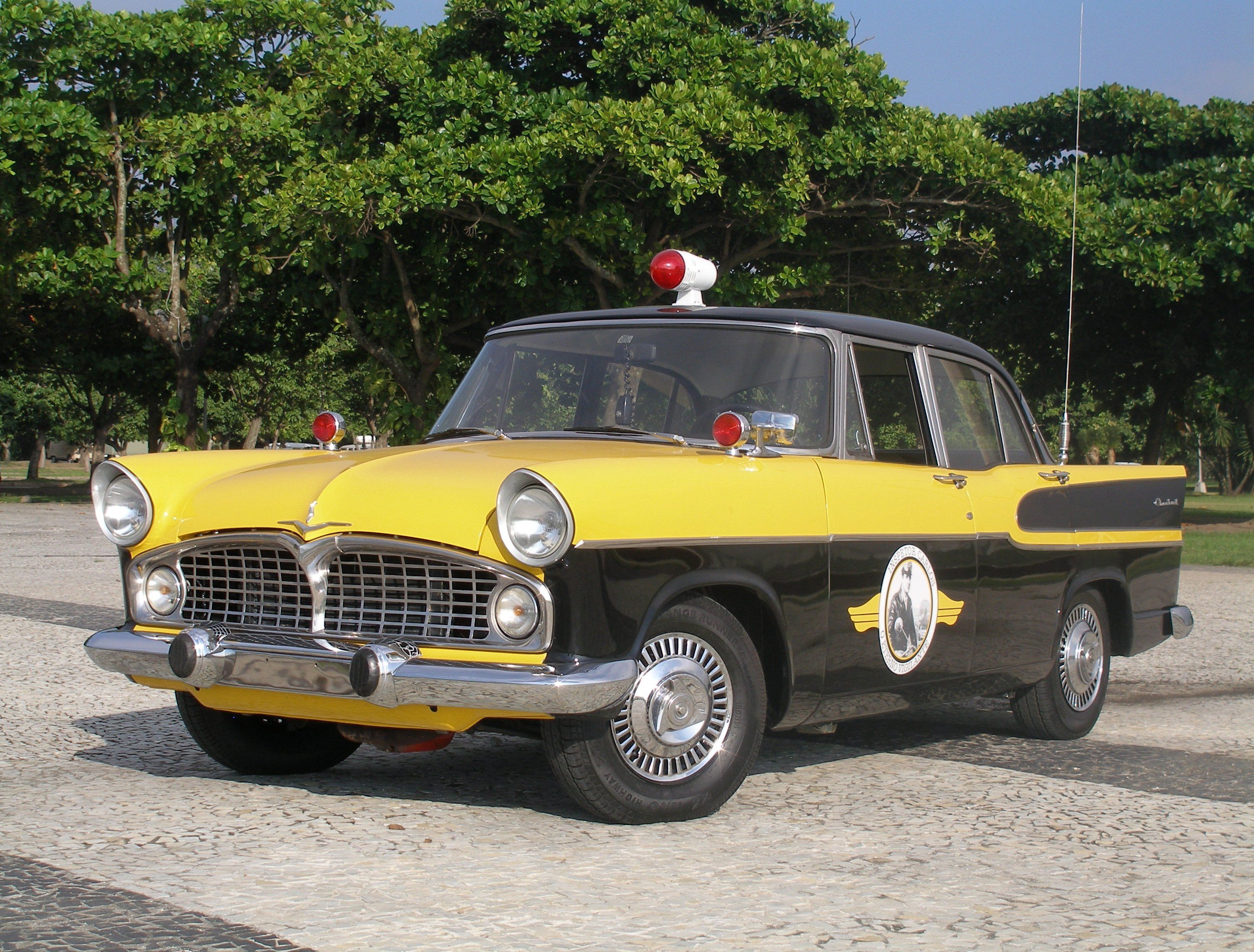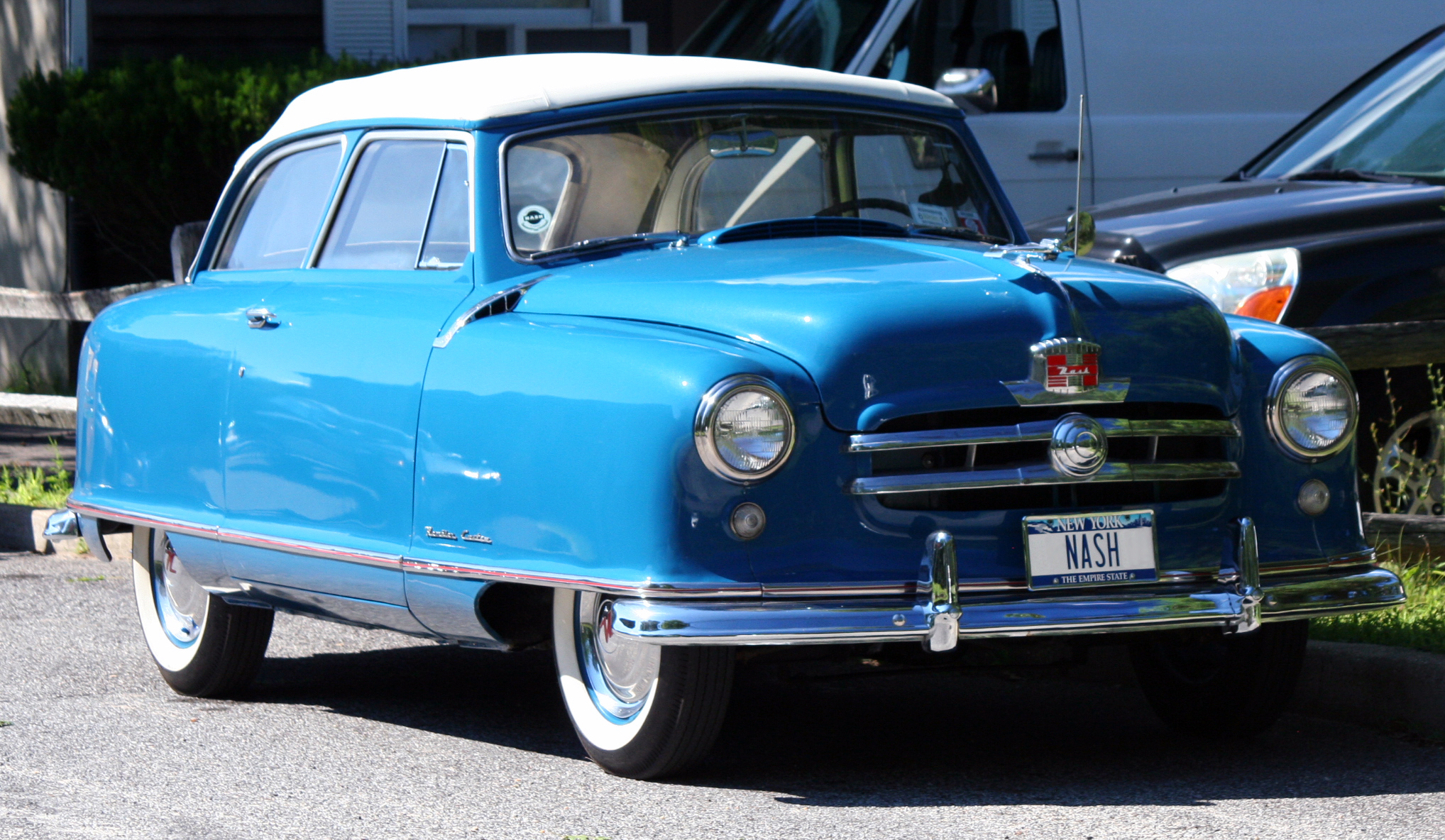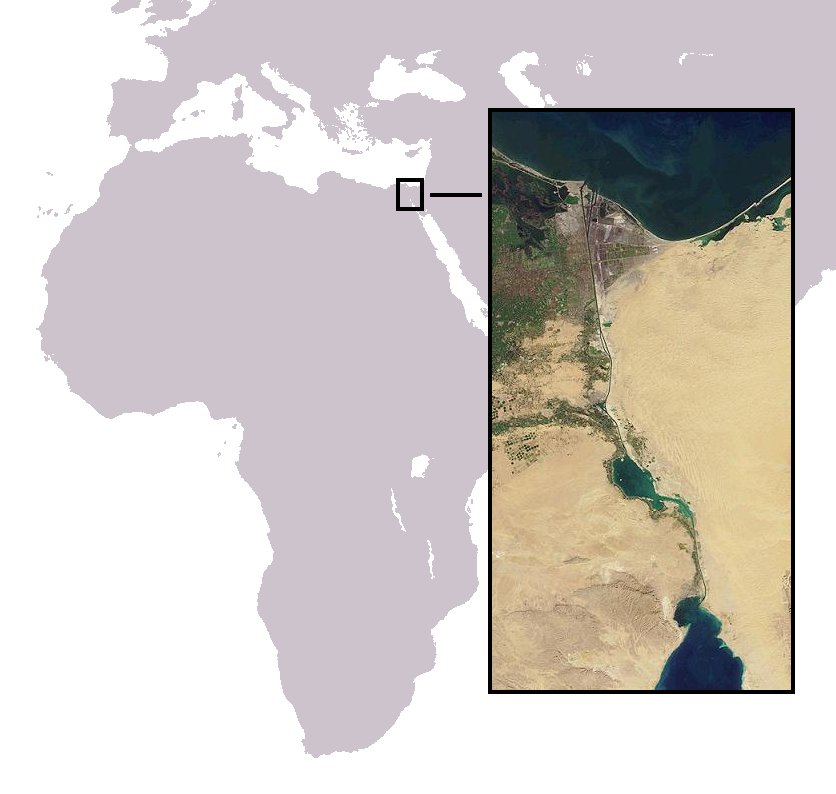|
Simca Ariane
The Simca Ariane is a large saloon car launched in April 1957 by the French automaker Simca and manufactured in the company's factory at Poissy until 1963. Origins The plant at Poissy had been built by Ford France between 1937 and 1940, but after the war the economic direction of France was uncertain. Ford had equipped the plant to produce the V8 engined Ford Vedette but the government was imposing punitive levels of car tax on cars with large engines and sales fell well short of expectations. In addition, the Poissy plant experienced above average levels of industrial unrest. Simca purchased the plant from Ford in 1954, together with rights to build the latest version of the car produced in it, which now became the Simca Vedette, relaunched by Simca with different model names according to equipment levels. The Simca Vedette competed in France's large car market at a time when the economy was finally returning to growth, and enjoyed moderate success with their fashionabl ... [...More Info...] [...Related Items...] OR: [Wikipedia] [Google] [Baidu] |
Simca
Simca (; Mechanical and Automotive Body Manufacturing Company) was a French automaker, founded in November 1934 by Fiat S.p.A. and directed from July 1935 to May 1963 by Italian Henri Pigozzi. Simca was affiliated with Fiat and, after Simca bought Ford's French subsidiary, became increasingly controlled by Chrysler. In 1970, Simca became a brand of the Chrysler's European business, ending its period as an independent company. Simca disappeared in 1978, when Chrysler divested its European operations to another French automaker, PSA Peugeot Citroën. PSA replaced the Simca brand with Talbot after a short period when some models were badged as Simca-Talbots. During most of its post-war activity, Simca was one of the biggest automobile manufacturers in France. The Simca 1100 was for some time the best-selling car in France, while the Simca 1307 and Simca Horizon won the coveted European Car of the Year title in 1976 and 1979, respectively—these models were badge engineered a ... [...More Info...] [...Related Items...] OR: [Wikipedia] [Google] [Baidu] |
Luigi Rapi
Fabio Luigi Rapi (born 1902), was an Italian automobile designer. Worked for Fiat and later Autobianchi. He was the design director at Fiat's ''Dipartimento Carrozzerie Derivate e Speciali''. Notable designs * Fiat 1100/103 TV Trasformabile * Fiat 8V (with Dante Giacosa) * Fiat Turbina * Autobianchi Bianchina * Fiat 1200 TV Spider * Autobianchi Stellina * Simca Vedette The Simca Vedette is a large car, manufactured from 1954 to 1961 by French automaker Simca, at their factory in Poissy, France. The Vedette competed in France's large car market at a time when the economy was finally returning to growth, and enj ... Fiat 8V - Pebble Beach 2006 (230987368).jpg, Fiat 8V bodied at Fiat Carrozzerie Speciali 1956 Fiat 1200TV Trasformabile front.jpg, Fiat 1100/103 TV Trasformabile Autobianchi Bianchina Alameda.jpg, Autobianchi Bianchina Trasformabile Autobianchi Stellina spyder.jpg, Autobianchi Stellina References {{DEFAULTSORT:Rapi, Luigi 1902 births Year of death missing ... [...More Info...] [...Related Items...] OR: [Wikipedia] [Google] [Baidu] |
Simca Vehicles
Simca (; Mechanical and Automotive Body Manufacturing Company) was a French automaker, founded in November 1934 by Fiat S.p.A. and directed from July 1935 to May 1963 by Italian Henri Pigozzi. Simca was affiliated with Fiat and, after Simca bought Ford's French subsidiary, became increasingly controlled by Chrysler. In 1970, Simca became a brand of the Chrysler's European business, ending its period as an independent company. Simca disappeared in 1978, when Chrysler divested its European operations to another French automaker, PSA Peugeot Citroën. PSA replaced the Simca brand with Talbot after a short period when some models were badged as Simca-Talbots. During most of its post-war activity, Simca was one of the biggest automobile manufacturers in France. The Simca 1100 was for some time the best-selling car in France, while the Simca 1307 and Simca Horizon won the coveted European Car of the Year title in 1976 and 1979, respectively—these models were badge engineered as produ ... [...More Info...] [...Related Items...] OR: [Wikipedia] [Google] [Baidu] |
Simca Ariane Back
Simca (; Mechanical and Automotive Body Manufacturing Company) was a French automaker, founded in November 1934 by Fiat S.p.A. and directed from July 1935 to May 1963 by Italian Henri Pigozzi. Simca was affiliated with Fiat and, after Simca bought Ford's French subsidiary, became increasingly controlled by Chrysler. In 1970, Simca became a brand of the Chrysler's European business, ending its period as an independent company. Simca disappeared in 1978, when Chrysler divested its European operations to another French automaker, PSA Peugeot Citroën. PSA replaced the Simca brand with Talbot after a short period when some models were badged as Simca-Talbots. During most of its post-war activity, Simca was one of the biggest automobile manufacturers in France. The Simca 1100 was for some time the best-selling car in France, while the Simca 1307 and Simca Horizon won the coveted European Car of the Year title in 1976 and 1979, respectively—these models were badge engineere ... [...More Info...] [...Related Items...] OR: [Wikipedia] [Google] [Baidu] |
Simca 1000
The Simca 1000 is a small, rear-engined, four-door saloon which was manufactured by the French automaker Simca from 1961 to 1978. Origins The origins of the Simca 1000 lie not in France but in Italy. Simca's President-director general, Henri Pigozzi, had been born in Turin and had known Fiat's founder, Giovanni Agnelli, from 1922 until Agnelli's death in 1945. Fiat would remain Simca's dominant share holder until 1963. Pigozzi remained a regular visitor to Fiat's vast Turin operation throughout his time at the head of Simca, and when Pigozzi visited it was as an honoured friend. Following the launch in 1955 of the well received Fiat 600, Fiat's development department, still headed up by the designer-engineer Dante Giacosa, set about planning for its successor. The replacement foreseen would be a little larger and more powerful than the current car, reflecting growing prosperity in Italy at the time. Two projects were run in parallel: “Project 119” was for a two-door successo ... [...More Info...] [...Related Items...] OR: [Wikipedia] [Google] [Baidu] |
Le Conquet
Le Conquet (; br, Konk-Leon) is a commune in the Finistère department of Brittany in north-western France. This is the westernmost town of mainland France. Only three insular towns— Ouessant, Île-Molène and Ile de Sein—are further west The town is mentioned in the Asterix series books, Asterix and the Chieftain's Daughter and Asterix and the Banquet as Gesocribatum. Geography Le Conquet is a fishing port in the northwest of Brittany and it is located north of the Pointe Saint-Mathieu (commune de Plougonvelin). Maritime transport The port of Le Conquet is served by the company ''Penn-ar-Bed'' providing links with Ouessant and the archipelago of Molène throughout the year. During April to September, the company ''Finist'mer'' also provides fast links between the port of Le Conquet and Lanildut, and the archipelago of Molene and Ouessant . History As he fled from Wales in exile, Henry Tudor landed in Le Conquet rather than France due to a storm that blew his ship o ... [...More Info...] [...Related Items...] OR: [Wikipedia] [Google] [Baidu] |
Simca Aronde
The Simca Aronde is an automobile which was manufactured by the French automaker Simca from 1951 to 1964. It was Simca's first original design (earlier models were all to a greater or lesser extent based on Fiats), as well as the company's first unibody car. ''"Aronde"'' means " swallow" in Old French and it was chosen as the name for the model because Simca's logo at that time was a stylized swallow. The three generations There were three generations of the model: the 9 Aronde, made from 1951 to 1955, the 90A Aronde, made from 1955 to 1958, and the Aronde P60, which debuted in 1958 and continued until the model was dropped in 1964. Some 1.4 million Arondes were made in total, and this model alone is largely responsible for Simca becoming the second-biggest French automaker at the end of the 1950s. Simca 9 Aronde The first Aronde debuted in the spring of 1951 but initially only a few hundred pre-production cars were distributed to carefully selected "guinea-pig" buyers, an ... [...More Info...] [...Related Items...] OR: [Wikipedia] [Google] [Baidu] |
Compact Car
Compact car is a vehicle size class — predominantly used in North America — that sits between subcompact cars and mid-size cars. "Small family car" is a British term and a part of the C-segment in the European car classification. However, prior to the downsizing of the United States car industry in the 1970s and 1980s, larger vehicles with wheelbases up to were considered "compact cars" in the United States. In Japan, small size passenger vehicle is a registration category that sits between kei cars and regular cars, based on overall size and engine displacement limits. United States Current definition The United States Environmental Protection Agency (EPA) ''Fuel Economy Regulations for 1977 and Later Model Year'' (dated July 1996) includes definitions for classes of automobiles. Based on the combined passenger and cargo volume, compact cars are defined as having an ''interior volume index'' of . 1930s to 1950s The beginnings of U.S. production of compact car ... [...More Info...] [...Related Items...] OR: [Wikipedia] [Google] [Baidu] |
Paul Ramadier
Paul Ramadier (17 March 1888 in La Rochelle – 14 October 1961 in Rodez) was a French statesman. Biography The son of a psychiatrist, Ramadier graduated in law from the University of Toulouse and started his profession as a lawyer in Paris. Then, in 1911, he gained his doctorate in Roman law. He became the mayor of Decazeville in 1919 and served as the first Prime Minister of the Fourth Republic in 1947. On 10 July 1940, he voted against the granting of the full powers to Marshal Philippe Pétain, who installed the Vichy regime the next day. Ramadier took part in the Resistance and used the nom de guerre ''Violette''. His name was included in the Yad Vashem Jewish memorial after the war. In the government of Charles de Gaulle (1944–1945), he was Minister for Provisions and earned a reputation as a hardworker, pragmatic and conciliatory politician.Yvert, Benoît (2007). Premiers ministres et présidents du Conseil depuis 1815. Perrin-Tempus. pp. 603–605. It wa ... [...More Info...] [...Related Items...] OR: [Wikipedia] [Google] [Baidu] |
Henri Pigozzi
Henri Théodore Pigozzi (born Enrico Teodoro Pigozzi; 26 June 1898, in Turin – 18 November 1964, in Neuilly-sur-Seine) was a car merchant and industrialist who is best known for having founded Société Industrielle de Mécanique et Carrosserie Automobile (Simca). In 1912 his father disappeared, leaving Pigozzi, then aged 14, to take responsibility for his mother, his sister, and a small transport business. In 1918, after the war, he secured the distribution rights for British and US motorcycles in the Piedmont region, selling surplus machines from the military stocks of the allied armies. Between 1920 and 1922 he worked for a firm that imported coal from the Saarland. In 1924 he set up his own business, importing scrap steel from France which was needed by the Piedmontese steel mills. The principal customer for steel in the region was Fiat and in 1922 Pigozzi was introduced to Giovanni Agnelli, the owner of Fiat. Agnelli was particularly interested in Pigozzi because at the ... [...More Info...] [...Related Items...] OR: [Wikipedia] [Google] [Baidu] |
Suez Crisis
The Suez Crisis, or the Second Arab–Israeli war, also called the Tripartite Aggression ( ar, العدوان الثلاثي, Al-ʿUdwān aṯ-Ṯulāṯiyy) in the Arab world and the Sinai War in Israel,Also known as the Suez War or 1956 War; other names include the ''Sinai war'', ''Suez–Sinai war'', ''1956 Arab–Israeli war'', the Second Arab–Israeli war, ''Suez Campaign'', ''Sinai Campaign'', ''Kadesh Operation'' and ''Operation Musketeer'' was an invasion of Egypt in late 1956 by Israel, followed by the United Kingdom and France. The aims were to regain control of the Suez Canal for the Western powers and to remove Egyptian president Gamal Abdel Nasser, who had just swiftly nationalised the foreign-owned Suez Canal Company, which administered the canal. Israel's primary objective was to re-open the blocked Straits of Tiran. After the fighting had started, political pressure from the United States, the Soviet Union and the United Nations led to a withdrawal by the ... [...More Info...] [...Related Items...] OR: [Wikipedia] [Google] [Baidu] |



.jpg)

